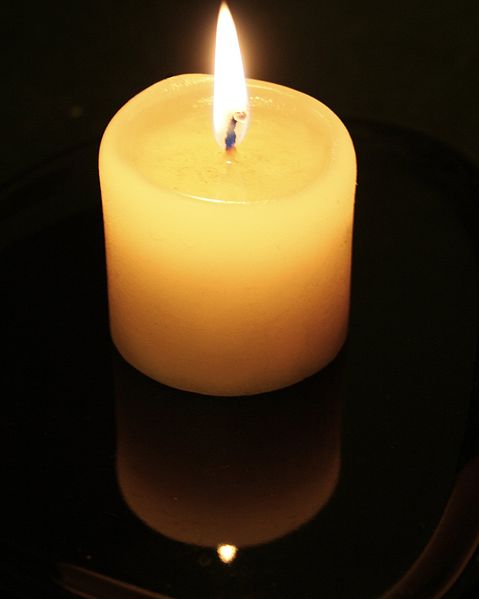By Becki White
There has been a change in the fire service over the past decade: Firefighter training has become heavily weighted toward safety–as it ought to be!
There is no argument in the fire service about this truth: A run can be called successful only after everyone is home safely, so we must do everything we can to stress firefighter safety and survival. There is contention, though, about the amount of time we spend training other people on firefighter survival. That’s what we’re really doing when we educate our citizens about fire safety. If the people I serve are using fire safely, there will be fewer fires and, therefore, less chance that one of my fellow firefighters or I will become trapped or hurt in one of those fires. That’s hard to argue against.
Educating your community is an easy task to take on, and there are a lot of resources out there to help you spread the message. There are ways to reach out to your citizens that involve little to no money or personnel hours.
- Go into the schools: The State Fire Marshal Division developed a K-6 fire safety curriculum that meets the requirements placed on teachers by the State of Minnesota. We took messages that your fire department is probably already putting out and aligned them with state standards. Lesson plans are available on our Web site www.fire.state.mn.us under the Public Education tab.
- Set up at community events: Put together a poster or create some flyers on fire-safe behavior. Have a spinning wheel loaded with questions about the fire problems in your community. This is a great way to educate citizens about who you are and what you do for the community, as well as what they can do to prevent fires in their homes.
- Host an open house: You can have an open house more than once a year, and not only in October! Open the doors. Let your citizens in, and help them learn more about you. Use the event as a recruitment tool as well as an educational tool.
- Go to the problem: Are you having issues related to residential apartments or senior housing? Wherever your problem is, go to these residences and set up an information fair. Set up a booth near your truck; teach the residents about cooking fires, smoking on decks, or what to do when an alarm goes off in their building.
Once you set up an event, make sure that you’re getting the right messages out to your community. Access your NFIRS data to run a report of the fire problem in your community. If you’re not certain about your local problems, you can always highlight the top causes nationwide:
#1. Cooking Fires. Roughly, half of all reported structure fires are tied to cooking, specifically inattentive cooking. This is not just an individual state problem; the national trend is the same. We all have busy lives, and cooking is a necessity, so share tips on staying in the kitchen when frying and broiling food. Encourage people to use a tool like a Fry Daddy if they deep-fry food frequently.

#2. Open Flame/Candles. Candles are a leading cause of home fires. Engineering advancements have helped combat candle fires, though. A variety of flameless candles are available, and it’s often difficult to tell the difference between a flameless candle and a real one. They are made of wax, they smell good, and they flicker. There are even tea-light candles for small, decorative holders. Encourage your residents to use flameless candles and to use flashlights (remind them to keep a fresh supply of batteries available) instead of candles during power outages.
#3 Heating. At your Fire Prevention Week open house in the fall remind them have fireplaces and chimneys inspected annually; use space heaters that are UL approved; and keep heaters at least three feet from all flammable materials (curtains, furniture, clothing, and so on).
Another important message to relate is that residential fire sprinklers save lives and property. When presented with the facts, most people consider residential fire sprinklers a no-brainer–but the facts are often distorted. One myth is that sprinklers have a high likelihood of causing water damage; in fact, only the sprinkler head nearest the fire activates. The only time more than one sprinkler head activates is when the fire is too large or too hot, which is rare. There is much less water damage from a single sprinkler head that activates at the start of a fire than there is from 2½-inch line after the fire has involved multiple rooms. An online game developed by the Minnesota State Fire Marshal Division (http://www.c3softworks.com/games/fire_sprinkler_challenge/play.html) helps players learn more about residential fire sprinkler systems.
Now that you know what to say, and you’ve picked out events where you’re going to say it, make sure you keep our mission in mind:
Educating the public helps prevent fires, and that reduces the risk for property, citizens, and firefighters. We take care of others every day. Let’s get out there and take care of ourselves, too.
 Becki White is a Minnesota deputy state fire marshal and a captain in the Eden Prairie (MN) Fire Department.
Becki White is a Minnesota deputy state fire marshal and a captain in the Eden Prairie (MN) Fire Department.

